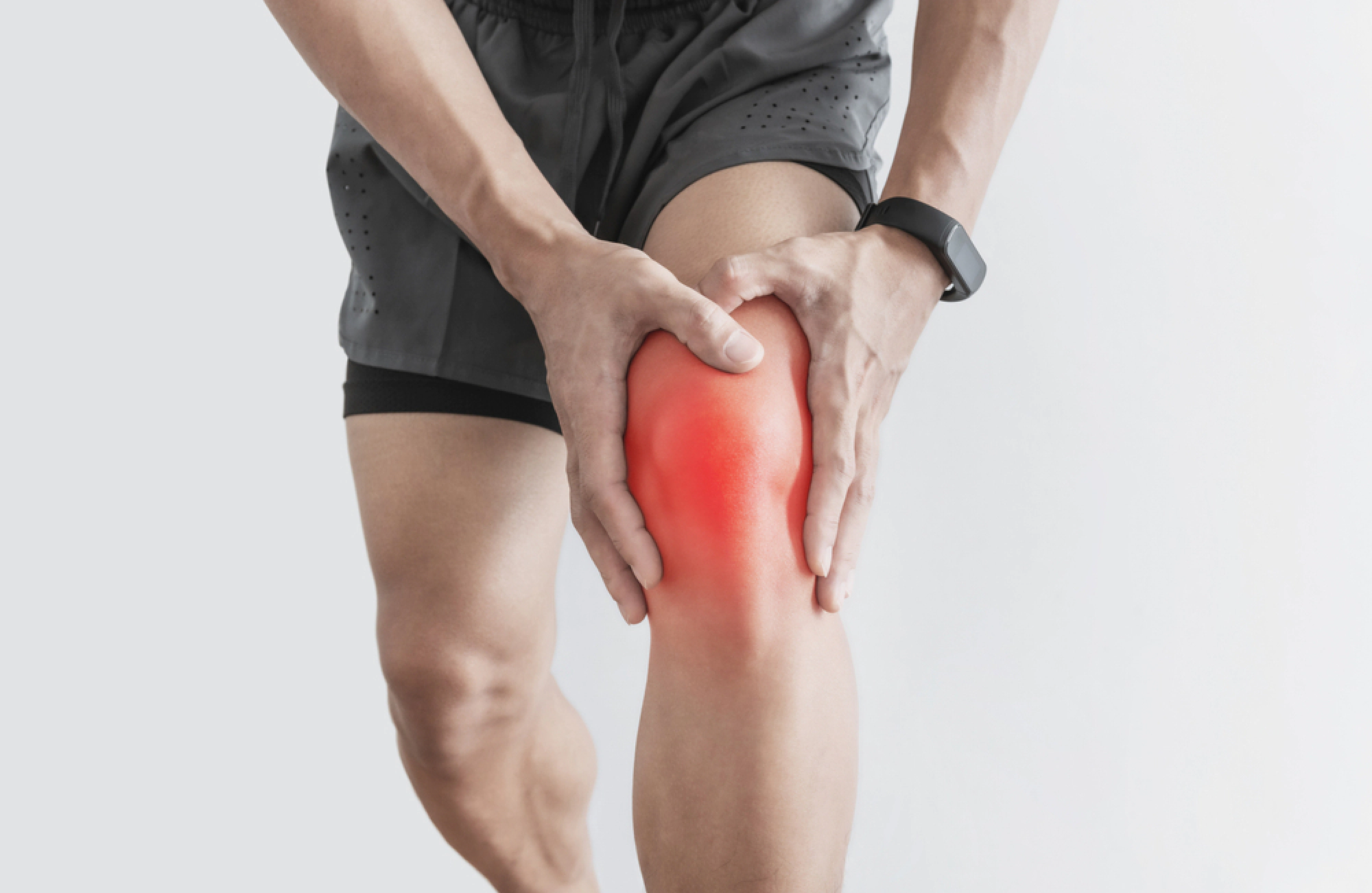What are the symptoms of prepatellar bursitis?
Prepatellar bursitis, often referred to as “housemaid’s knee,” involves inflammation of the bursa located in front of the kneecap (patella). The symptoms typically include:
- Swelling: A noticeable swelling at the front of the knee, just above the kneecap.
- Knee Pain: Tenderness and pain in the area, which may worsen with kneeling or pressure on the knee.
- Warmth: The swollen area might feel warm to the touch.
- Redness: The skin over the bursa may appear red.
- Restricted Movement: Discomfort or pain may limit the range of motion in the knee.
- Bruising: In some cases, bruising may occur if the bursitis is caused by trauma.
These symptoms can vary in severity and may impact daily activities, especially those involving kneeling or putting pressure on the knee.
What are the causes of prepatellar bursitis?
Prepatellar bursitis can be caused by several factors:
- Repetitive Stress: Frequent kneeling or crawling, often seen in professions like carpet laying or plumbing, can irritate the bursa in front of the kneecap.
- Trauma: Direct injury or impact to the knee, such as from a fall or a blow, can cause inflammation in the bursa.
- Infection: Bacterial infections can lead to septic bursitis if bacteria enter the bursa, often through a cut or abrasion on the knee.
- Gout: Gout, a form of arthritis caused by uric acid crystals, can cause bursitis if crystals accumulate in the bursa.
- Rheumatoid Arthritis: This autoimmune condition can cause inflammation in various joints, including the knee, leading to bursitis.
- Pre-existing Conditions: Conditions like osteoarthritis or other inflammatory joint diseases can increase the risk of developing prepatellar bursitis.
- Improper Posture: Poor posture or alignment while kneeling can contribute to excessive pressure and irritation of the bursa.
Understanding the underlying cause is important for effective treatment and prevention of prepatellar bursitis.
What is the treatment for prepatellar bursitis?
The treatment for prepatellar bursitis aims to reduce inflammation, alleviate pain, and prevent recurrence. Strategies include:
1. Rest and Protection:
- Avoiding Aggravating Activities: Minimize activities that put pressure on the knee, such as kneeling.
- Using Knee Pads: Wearing knee pads or cushioning can protect the knee from further irritation.
2. Ice and Heat Therapy:
- Ice Packs: Applying ice to the affected area for 15-20 minutes several times a day can help reduce swelling and numb pain.
- Heat Therapy: After the initial swelling has decreased, applying heat can help relax and loosen tissues.
3. Medication:
- Nonsteroidal Anti-Inflammatory Drugs (NSAIDs): Over-the-counter medications like ibuprofen or naproxen can help reduce inflammation and relieve pain.
- Corticosteroid Injections: In cases of severe inflammation, a corticosteroid injection into the bursa may provide significant relief.
4. Physical Therapy:
- Strengthening Exercises: Physical therapy can help strengthen the muscles around the knee, improve flexibility, and prevent future injuries.
- Stretching and Range-of-Motion Exercises: These exercises can help maintain joint mobility and reduce stiffness.
5. Aspiration:
- Fluid Drainage: If there is significant swelling, a healthcare provider may perform a procedure to drain excess fluid from the bursa.
6. Addressing Underlying Conditions:
- Infection: If the bursitis is due to an infection, antibiotics will be necessary.
- Gout or Rheumatoid Arthritis: Managing these conditions with appropriate medications can help alleviate symptoms of bursitis.
7. Surgical Intervention:
- Surgery: In rare cases where conservative treatments are ineffective, surgical removal of the bursa (bursaectomy) may be considered.
Implementing these treatments can help manage symptoms and promote recovery from prepatellar bursitis.

Leave a Reply
You must be logged in to post a comment.